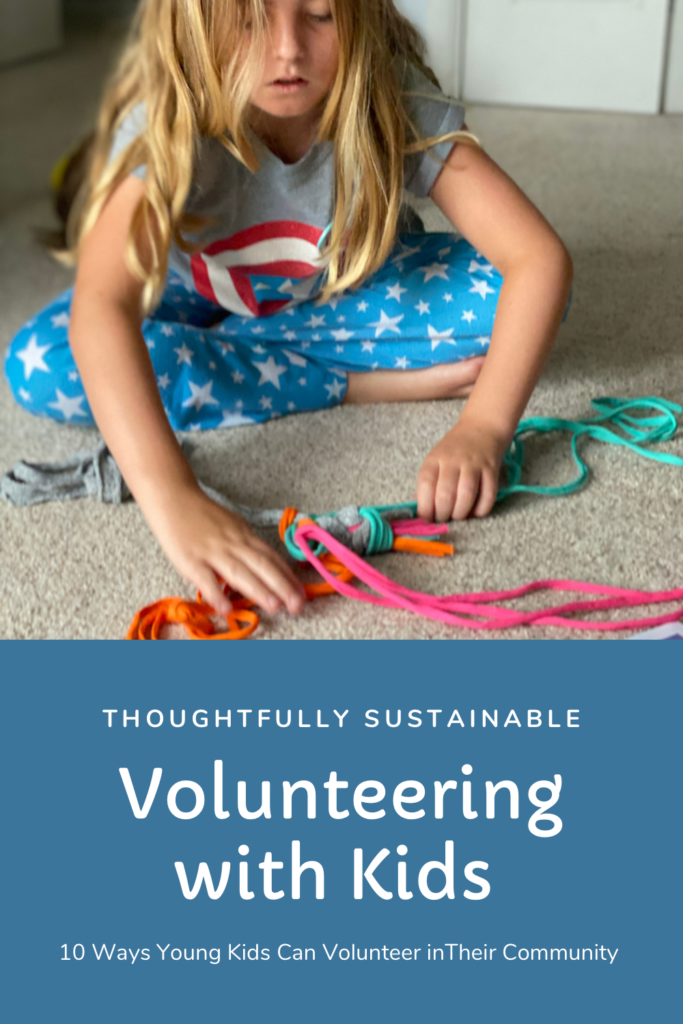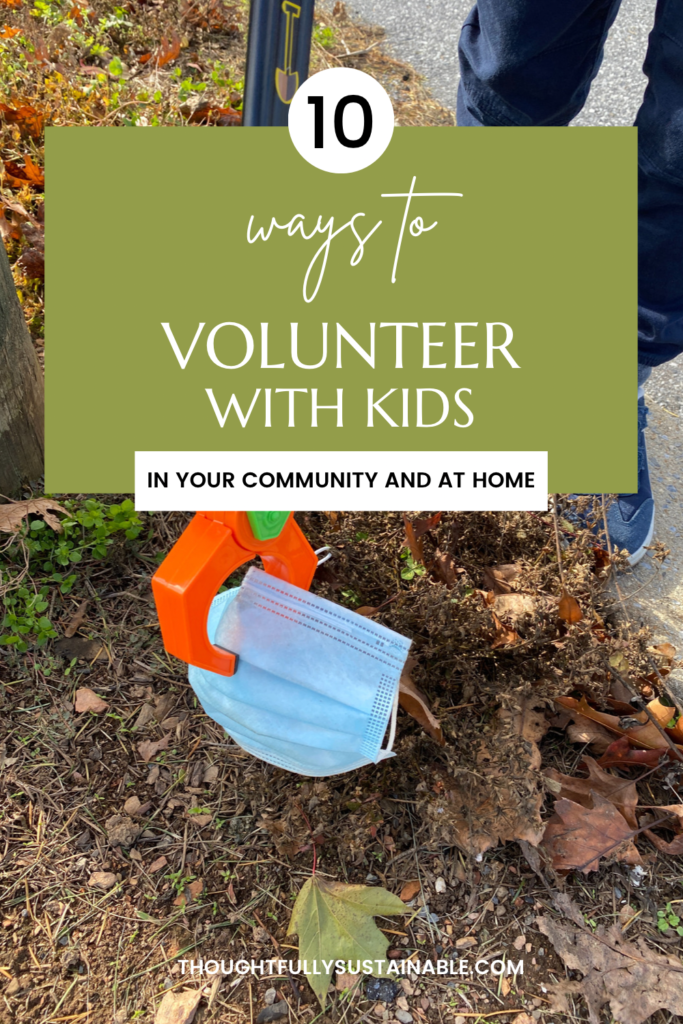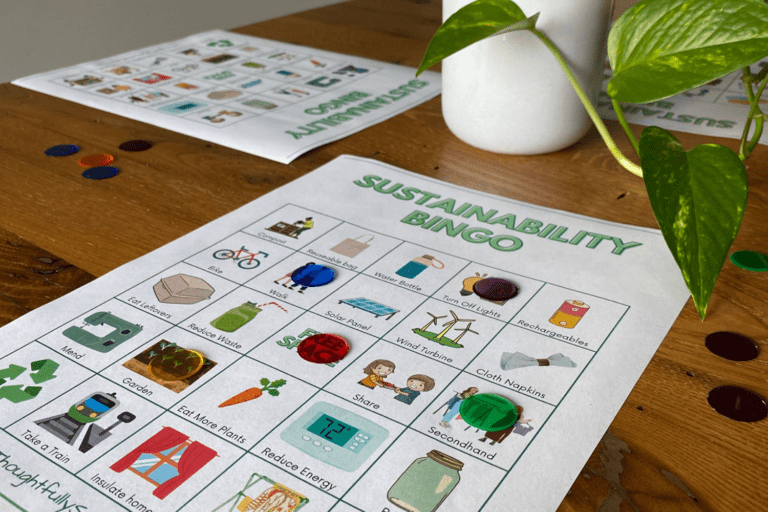10 Ways Young Kids Can Volunteer in their Community
Are you looking for ways to introduce your children to volunteering in their community? Here are 10 ways that you can engage your young children in service projects, both in the community and from the comfort of your home!
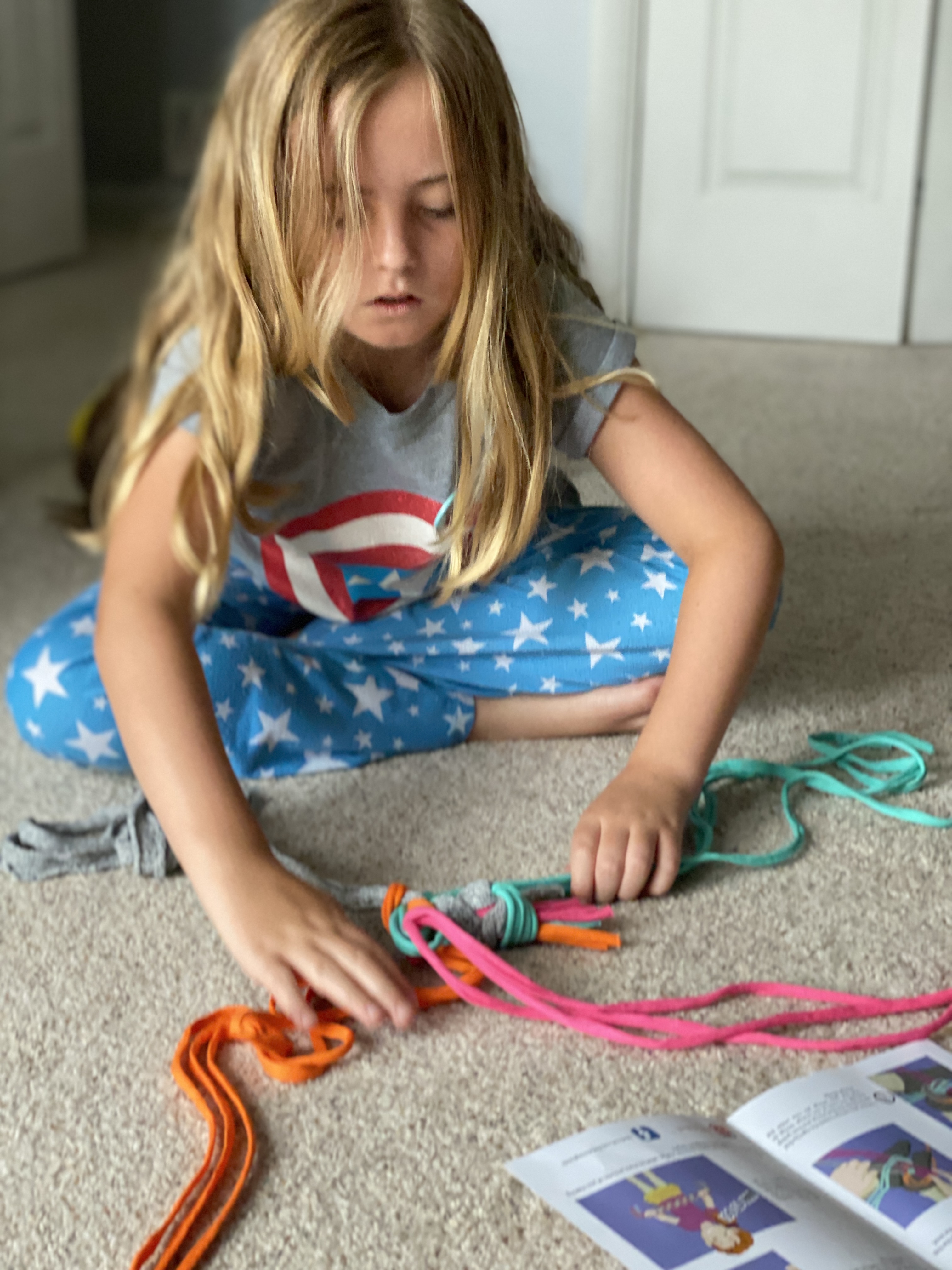

When my daughter entered Kindergarten, I started looking for ways that we could volunteer together in our community. I was surprised to find that many of the traditional volunteering avenues had age restrictions, and so began digging a bit deeper into my research to find suitable opportunities for her and I to pursue.
Benefits of Volunteering for Children
My reasoning for wanting to engage my daughter in volunteering was multi-faceted; not only did I want to instill in her the importance of giving back to the community, but I also wanted to build a foundation for skills that would serve her throughout her life.
Cultivate Life Skills
Through volunteering, children must practice listening to and following instructions. They also build organizational skills and time management habits; two skills that are critical to success in school and in life.
Build Empathy and Compassion
Taking time to see the world through other people’s eyes in a time that seems continually focused on “self” is a fantastic way to build empathy and compassion in your young children.
Learn to Work with Others
While volunteering, not only will you and your child work with others, you’ll most likely be spending time with people of all ages and backgrounds, an opportunity that may not happen in a traditional classroom setting.
Develop Interests in a Future Profession
It’s never too early to introduce your child to the myriad of professions they may want to pursue as they grow up. Volunteering at a clothing swap may spark their interest in design as they sort through piles of pre-loved clothes, or creating craft kits for hospitalized children may get their wheels turning about the medical field. You never know where inspiration may strike!
Valuable Bonding Time Between You and Your Child.
Time spent together with your child, working towards a goal that will ultimately benefit the community is time well spent. Not only are you modeling good citizenship skills by volunteering your time, but you are building shared memories that you can both look back on.
Increases Self-Awareness
By allowing your child to volunteer, you are giving them the opportunity to demonstrate to themselves that their actions have meaning and purpose. Building this self-confidence and self-awareness is critical in raising a thoughtful, globally-minded citizen.
Ways to Volunteer with Young Kids
Here are 10 ways that you and your child can engage in community service projects. Some of these opportunities can be done from the comfort of your home (which has been incredibly helpful during a global pandemic) while others will get you out and about in your community.



Donate Gently Used Clothes Directly to Kids in Need
Two in 5 kids in the United States are currently facing clothing insecurity, going without basic essentials like pants, shoes, diapers, and coats during their critical development years. Giving Factory Direct matches you with a child aged 0-12 living in a homeless or low-income situation and allows you to donate high-quality, new, or gently used children’s clothing directly to a child who needs them.
How Giving Factory Direct Works
Get started with Giving Factory Direct in a few simple steps:
- Sort through your children’s outgrown clothes to get an idea of what sizes and styles you have to donate.
- Visit the Giving Factory Direct website and watch the “What Goes in My Clothing Donation” video to learn what items are accepted.
- Create an account and fill in what size and gender of clothing you’d like to give.
- Get matched with a child in need!
- Once matched, you have 10 days to ship the new or gently used clothing directly to the child using a pre-paid UPS shipping label.
What Clothing Items are Included in a Kid Pack?
For each child you are matched with, you will be asked to include the following items:
- For sizes 0–24 months: 2-4 tops/onesies, 2-4 bottoms, 1 pair of pajamas, 1 sweater/sweatshirt
- For sizes 2T – 18/20: 2-4 tops, 2 bottoms, 1 sweater/sweatshirt, 1 coat (optional)
More than 20 million children in the United States do not have the clothing and basic essentials they need for healthy childhood development. Families struggling to pay for rent and groceries often cannot afford anything else.
The mission of Giving Factory Direct is to enable volunteers and donors to turn compassion into action and provide the essential items that children in struggling families need to thrive at school, participate more fully in life, and just be a kid.
I love knowing that my children’s outgrown clothes will be loved once more by another family. When donating, please use Group Code: RGK0622 – this helps Giving Factory Direct know that you learned of their program from me. I do not receive any payment or compensation of any kind for directing you to their program, just lots of warm, happy feelings that you chose to donate!
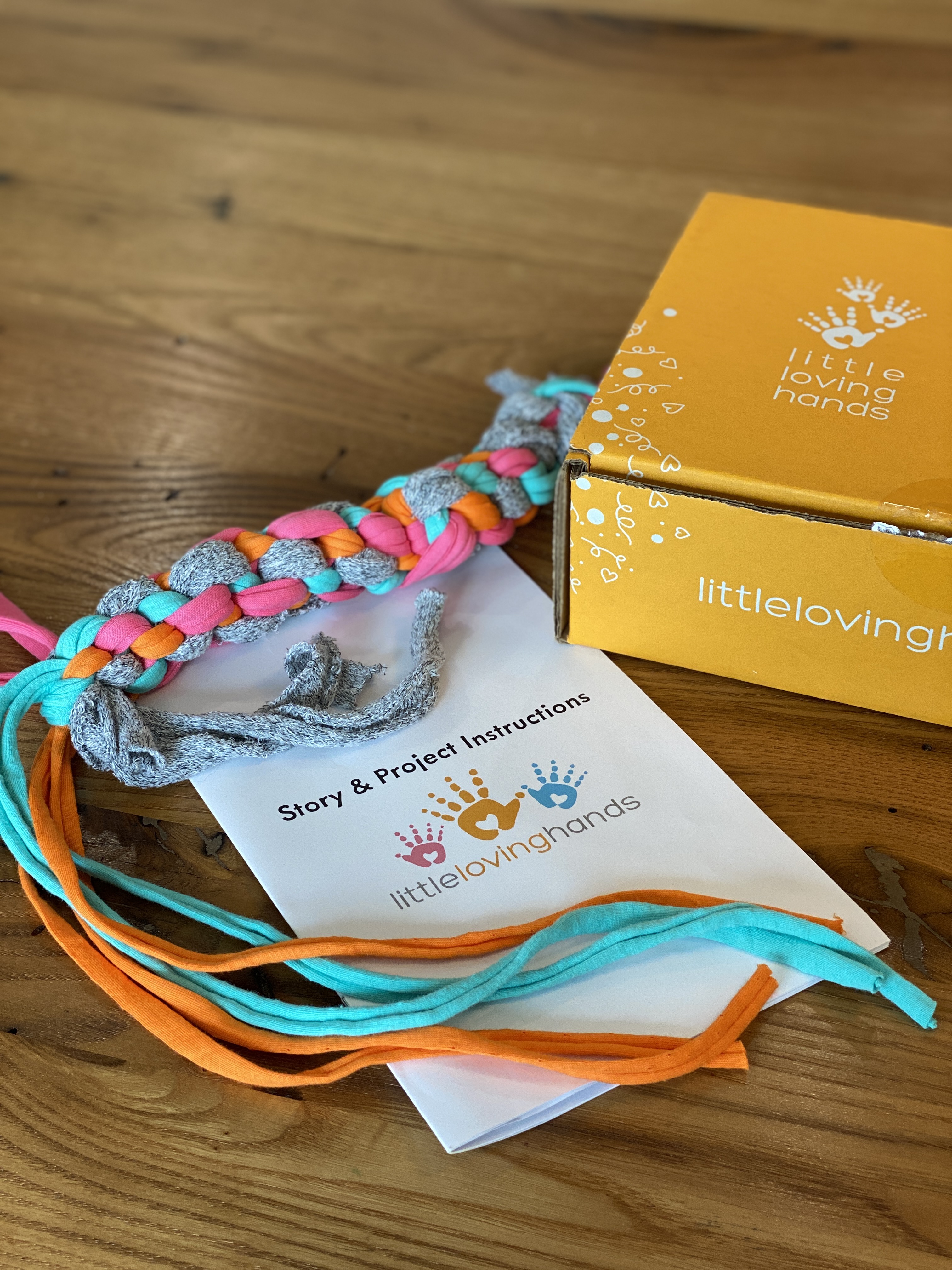

Participate in Little Loving Hands
When the pandemic hit, the pause button was pushed on all of our traditional volunteering outlets. But you know the saying, “When one door closes, another opens” – which is precisely what happened to us. I connected with Little Loving Hands, a mom-owned, subscription box service that teaches kids kindness and empathy through crafting. Unlike traditional craft boxes, the craft that your child creates gets sent back to Little Loving Hands in a prepaid envelope and is then distributed to various charities.
For example, the first box my daughter received taught her how to make wildflower seed balls. Included in the kit were all of the supplies necessary to complete the craft, along with a story, discussion questions, and a completion pin! Once made, her seed balls were sent back to Little Loving hands and donated to a nature center.
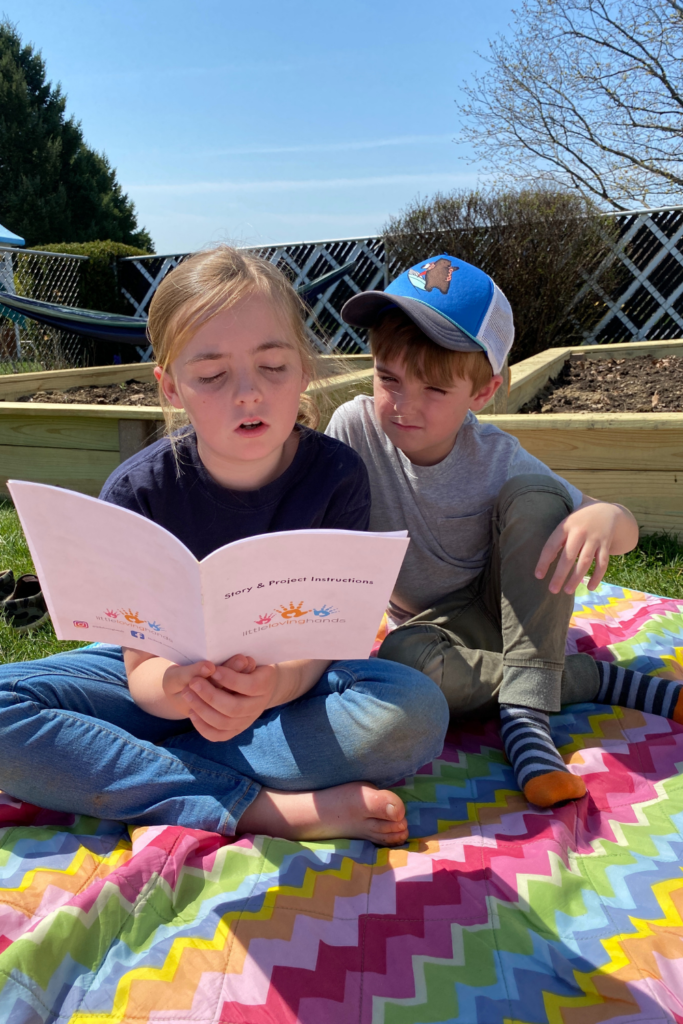

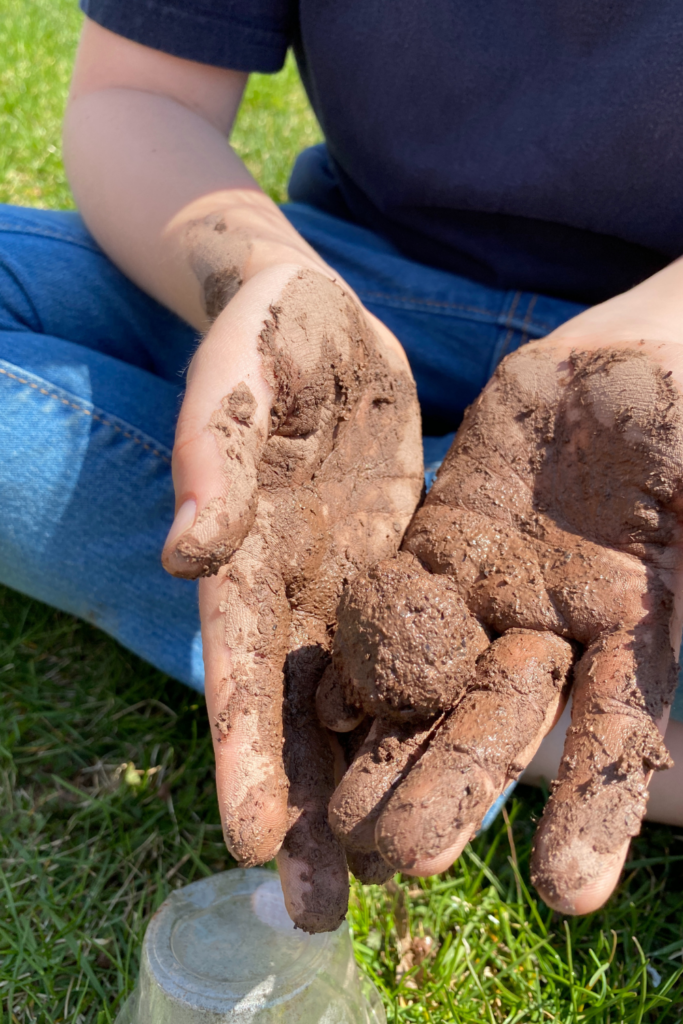



The second at-home volunteer opportunity we received was to create a dog toy, which would then be donated to a local animal shelter. Again, with the kit came all the necessary supplies to complete the craft, a book, reflection questions, a prepaid envelope and another completion pin!
Although they are only currently distributing their kits within the United States, (sorry my international friends) this has been a fantastic way for my daughter to volunteer during a pandemic.
Full disclosure, we were given a subscription in return for my honest opinion of their kits, and I am thrilled with the quality of the materials provided and the focus on sustainability with each kit, as well as the conversations that were started with my daughter as a result of the discussion prompts provided.
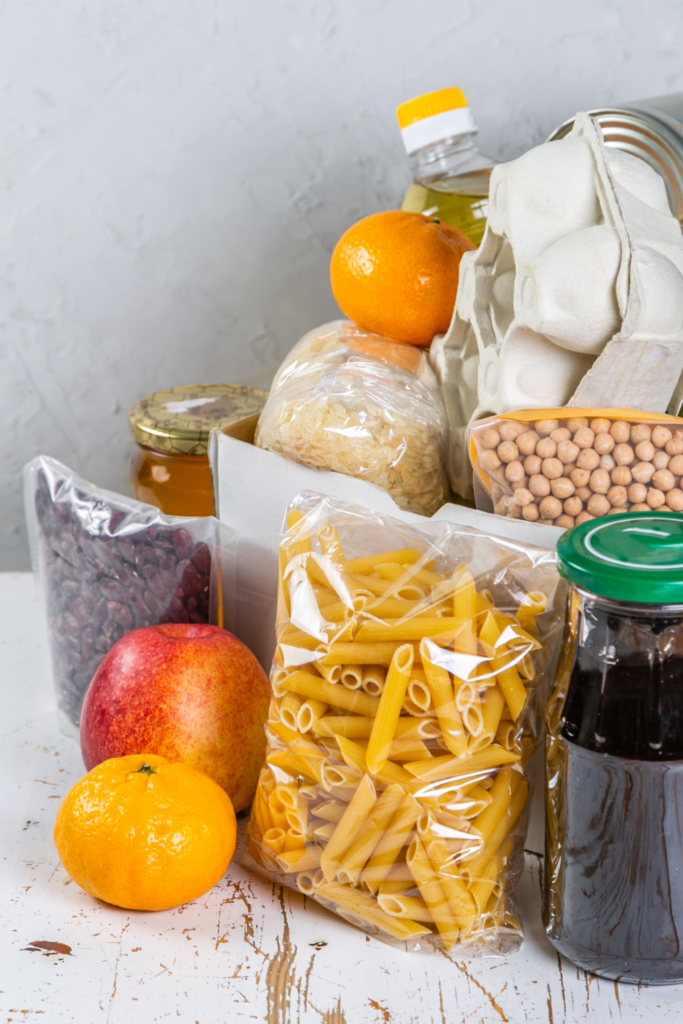

Pack Backpacks with Food
Prior to the pandemic, my daughter and I spent time with a local non-profit organization, Cocoa Packs, which is a food assistance program for children in grades K-12. As volunteers, we would sort and pack bags full of food to be distributed to participants in the program in an effort to provide them meals when they were not in school. Students were able to access these nondescript backpacks full of nutrition on specific days, with the hopes that the food would help to supplement their meals during evenings and weekends when access to school meals was not available.
Hunger is not something that my daughter has ever experienced, and the conversations that ensued as we sorted and stacked cans of corn and peas were incredible. Her young mind quickly processed the fact that her life experiences were not universal to all kids, and that food is something that should never be wasted.
Programs such as this exist all over the United States. The Feeding America BackPack Program is one that you and your child can get involved in, as it works with 160 food banks across the nation. On their site, they have a Food Bank Locator, which can assist you in finding your local food bank and inquire about their participation in the BackPack Program.


Make Craft Kits for Hospitalized Children
When children are hospitalized with serious medical conditions, they tend to have a lot of downtime. Another way you can volunteer with kids in your community is to assemble craft kits for hospitalized children. Locally, we have volunteered at a non-profit organization called Caitlin’s Smiles whose mission is to “encourage children with serious health challenges to explore their unique creative talents by taking part in arts and craft activities”. Volunteers have multiple options to participate. One option is to attend in-person crafting events, where they gather to pack bags of necessary supplies and instructions for children to complete various crafts and activities. Another option is to pick up the supplies and instructions for the craft kits at Caitlin’s Smiles headquarters, assemble the craft kits at home, and then drop them off when they are completed. Having multiple options to choose from makes it that much easier to help out with young kids, and can even make for a fantastic activity for a birthday party, classroom activity, or playdate!
Nationally, the Ronald McDonald House Charity would be a good place to start to see what types of volunteering opportunities are available in your local community.
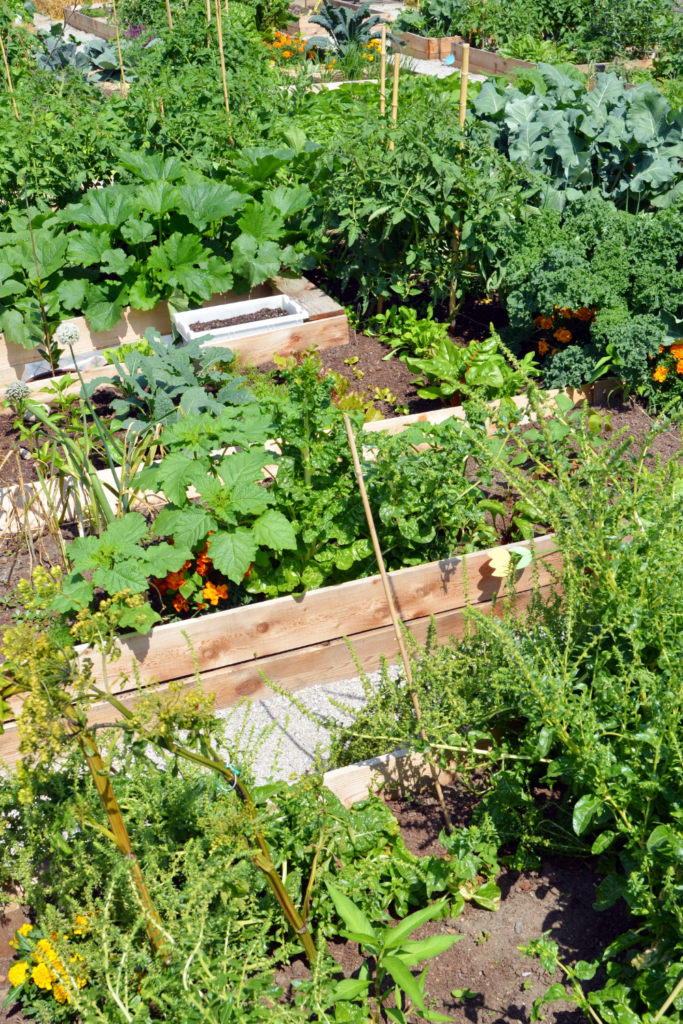

Volunteer in a Community Garden
Looking for a volunteering opportunity that gets you and your young ones outside? Do a search to find a community garden near you and how you can get involved. Many times, community gardens host seasonal clean-up events, as well as weekly opportunities to tend the gardens and turn the compost pile, if they happen to have one.
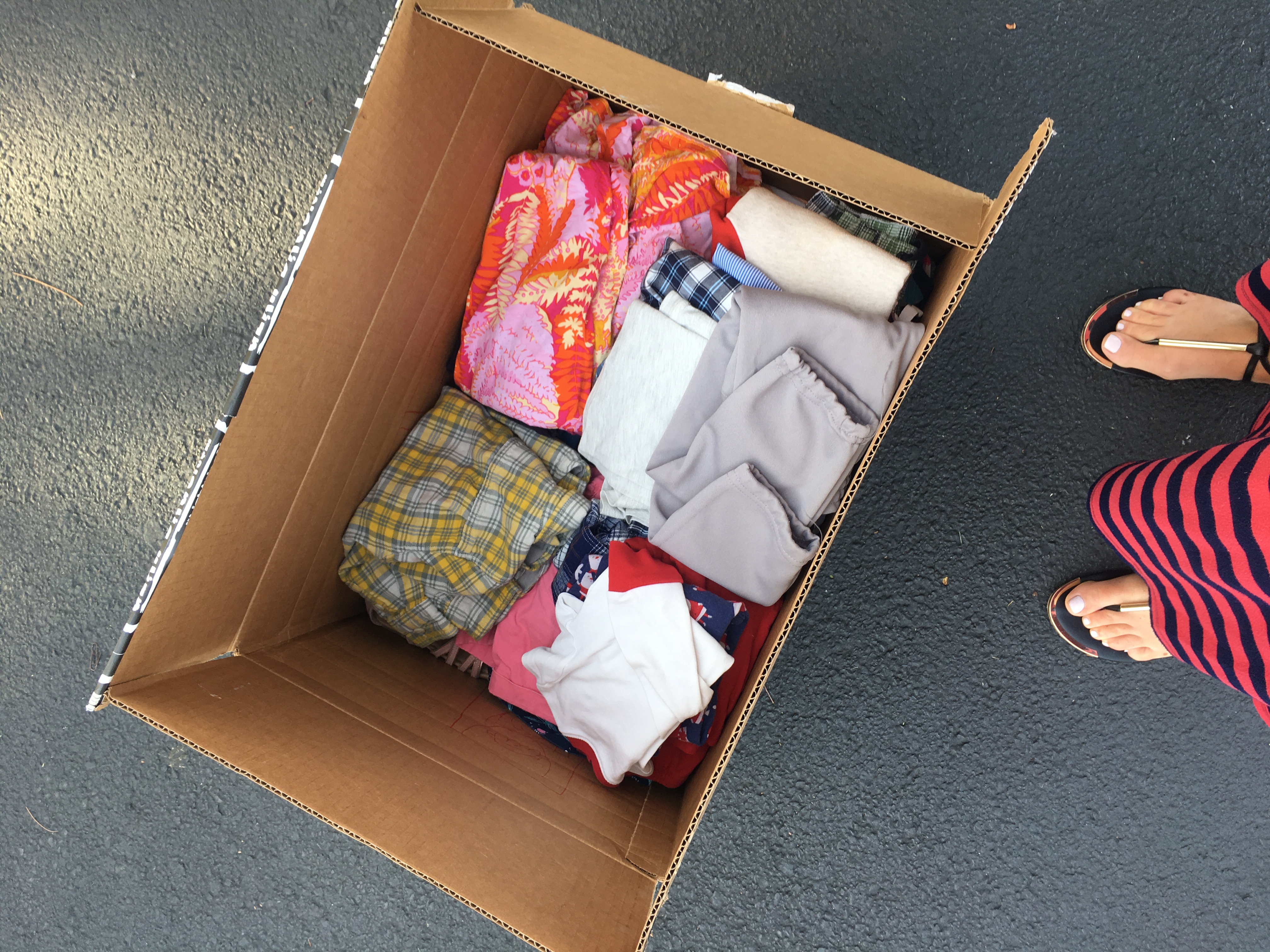

Collect and Sort Clothes for a Clothing Drive
Create a spot in your home where you can store clothes that are no longer needed or wanted by your family members, or in the case of young children – no longer fit! Explain to your child what the collection spot is for, and what you will do with the clothes once it is full. Then do a quick search online in your community for places that are accepting clothing donations to be distributed in your area. I’ve had lots of luck with local churches and schools accepting donations that they use to host semi-annual clothing drives.
If possible, be sure to take your child with you when you drop off your collection of clothes to be donated, or even better, volunteer with them to sort the clothes in preparation for a local community event.
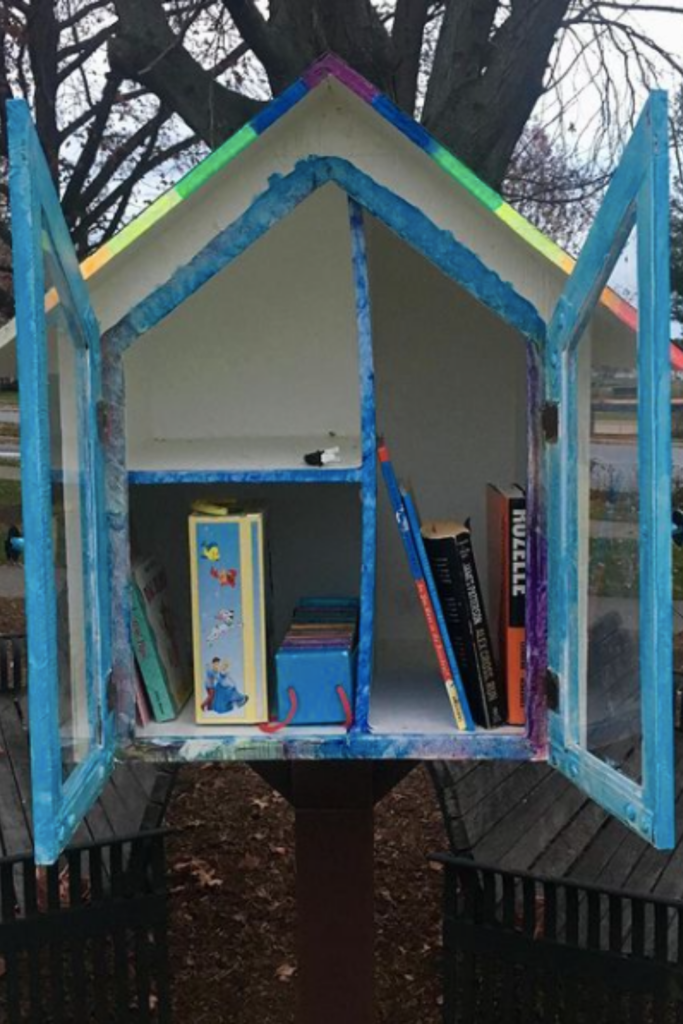

Donate to a Little Free Library
You may have seen the cute little miniature houses that sit alongside the road like a large mailbox, storing pre-loved books to share with others. These are commonly known as Little Free Libraries and are a fantastic way to share books with your neighbors. The next time you pass by one with your child, consider adding a few of your no-longer needed books to the collection. If your child sees a book he or she is interested in, allow them to take it with them! This will reinforce the purpose of the Little Free Library; sharing resources with members of your community.
Don’t have a Little Free Library near you? Consider making one with your child! On the Little Free Library website, they have plans and blueprints for you to build your very own, as well as how to register your library once it’s built so that members of your community can find it!
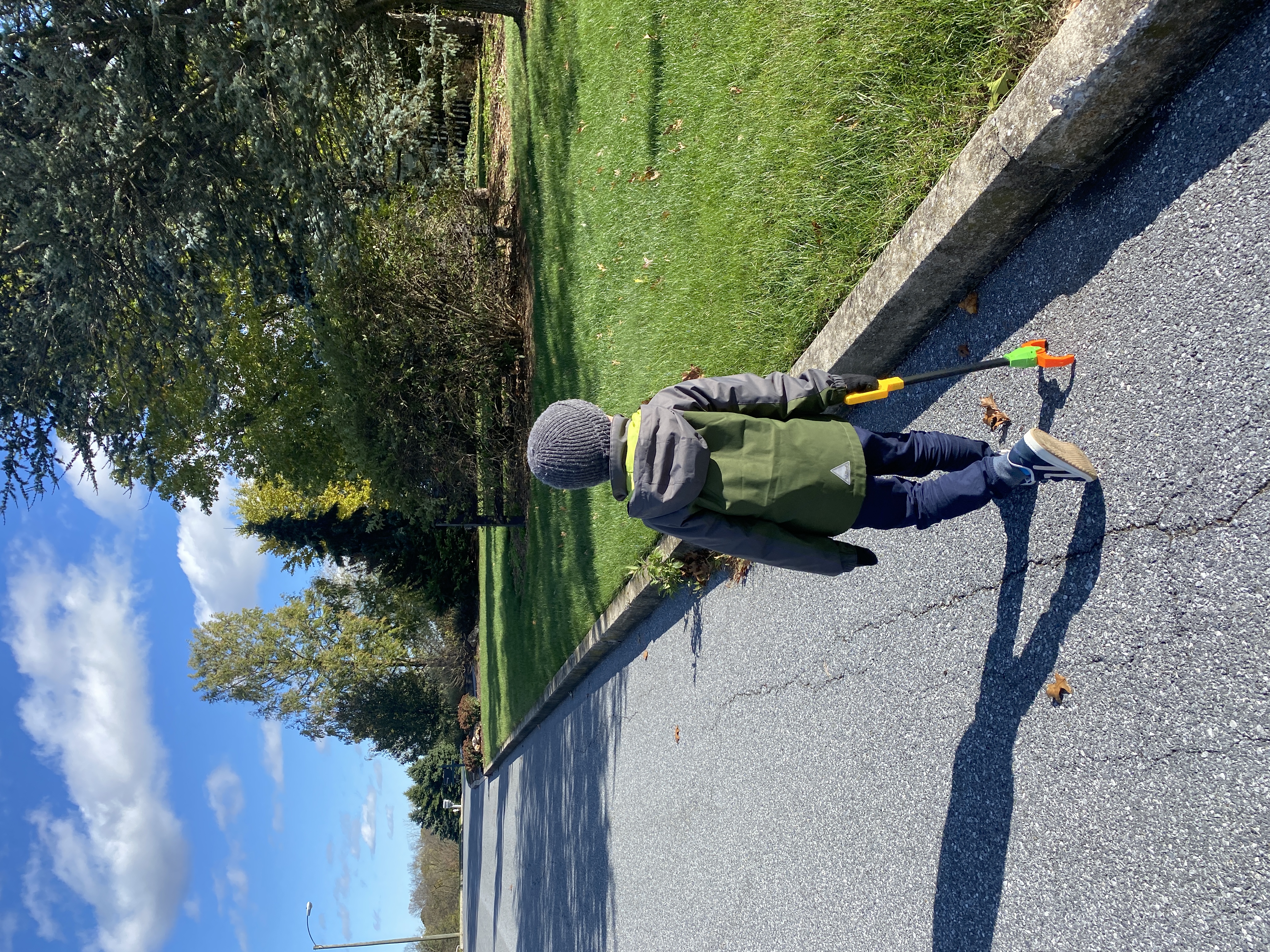

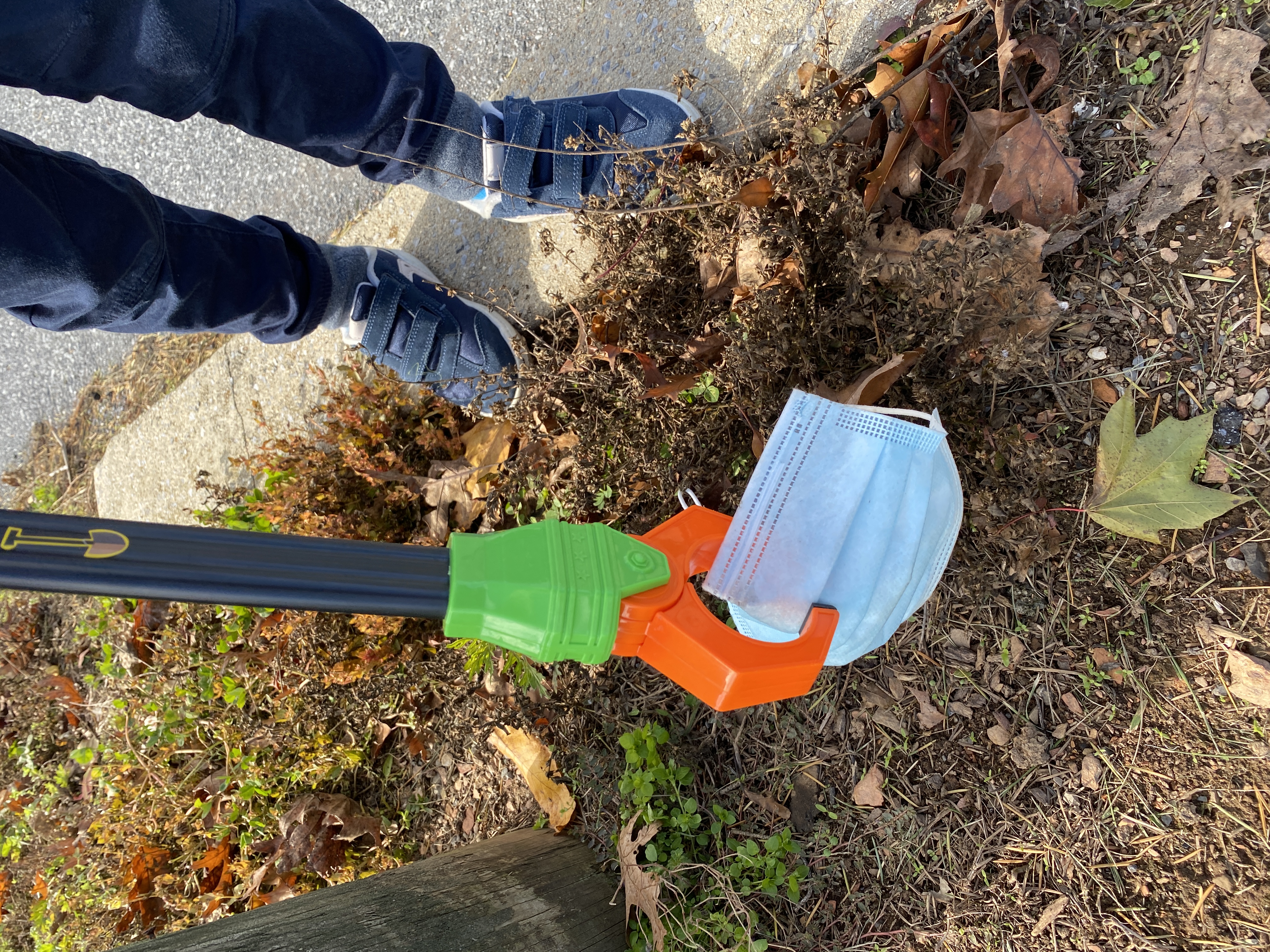

Pick up Litter
If your kids are anything like mine, they seem to notice every piece of trash that’s in our path when we’re out for a walk. Instead of defaulting to the “don’t touch that” phrase that we so often use to protect our children, why not consider bringing some gloves and a trash bag along with you on your next outdoor adventure?
Now, obviously you know your kids better than anyone. If this is a recipe for disaster and will end with them putting litter in their mouth, then this isn’t the volunteering activity for you! However, if your kids are up for it, or if you simply want to demonstrate how to properly pick up and dispose of litter, then this might be something to consider.
Safety is of the utmost importance in this activity, so you may even want to consider purchasing a litter picking tool to keep distance between you and the trash you collect. And obviously, refrain from picking up anything that could be potentially harmful or dangerous.
You can take this a step further and connect with other like-minded litter pickers by logging your collected bag of trash with Just 1 Bag. In 2020, The Burgess Family, @just1bag2020, set a goal to have 2,020 individuals from across the globe pick up a total of 20,000 bags of trash by the end of the year.
And they did it!.
I’ve teamed up with them and created a simple trash collection sheet, written in both English and Spanish, in an effort to help you see exactly what you find on your litter picking adventure. The Spanish translation is courtesy of María Dabrowski @gogreenfortheocean.
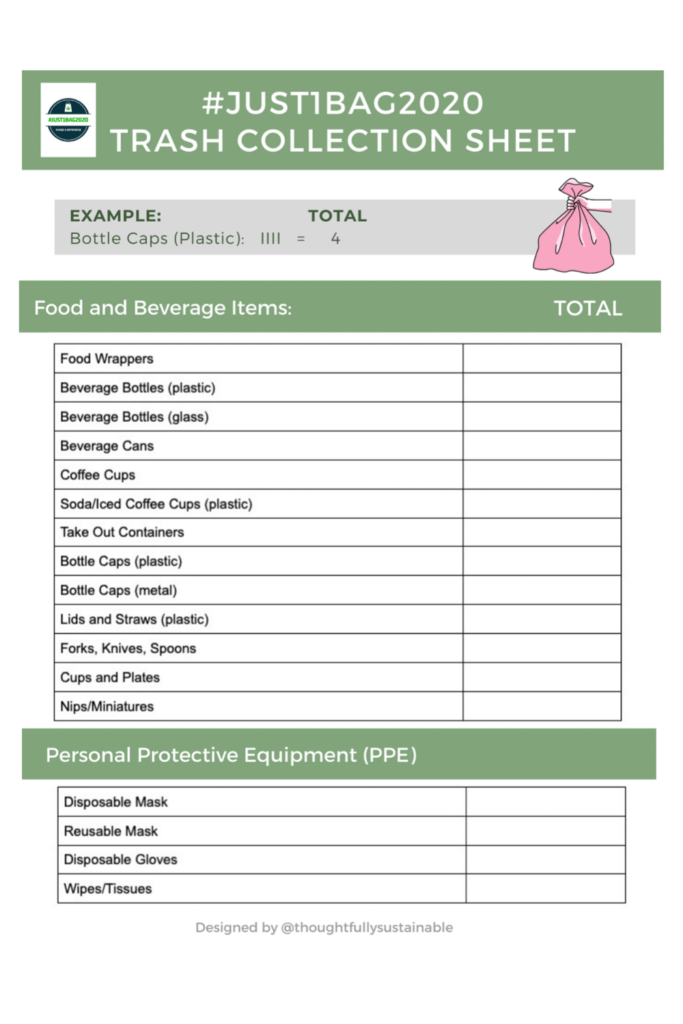

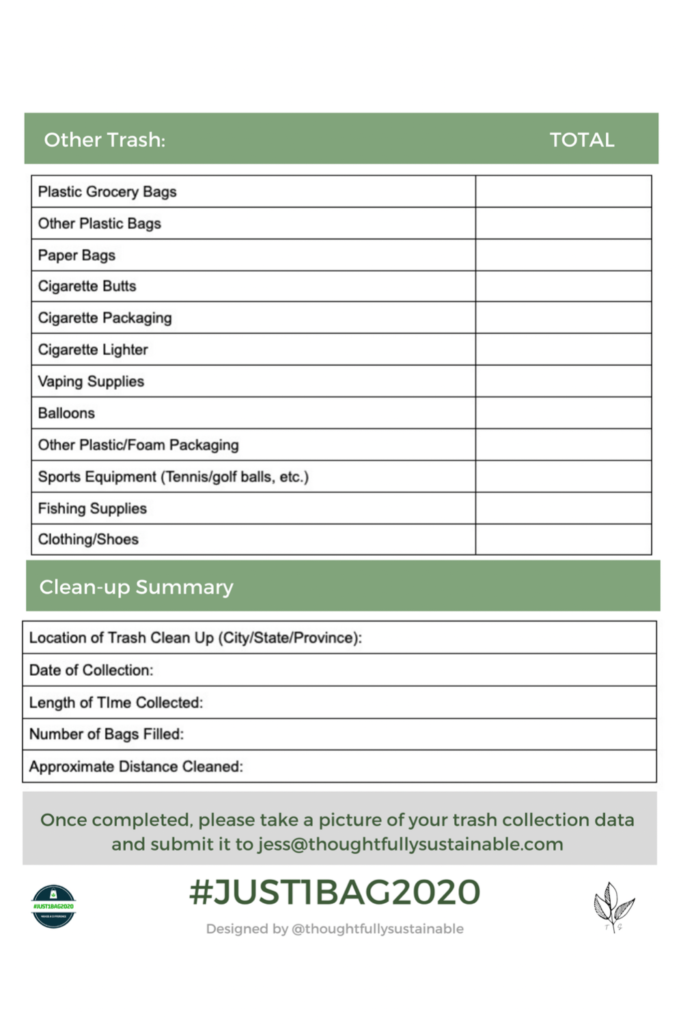

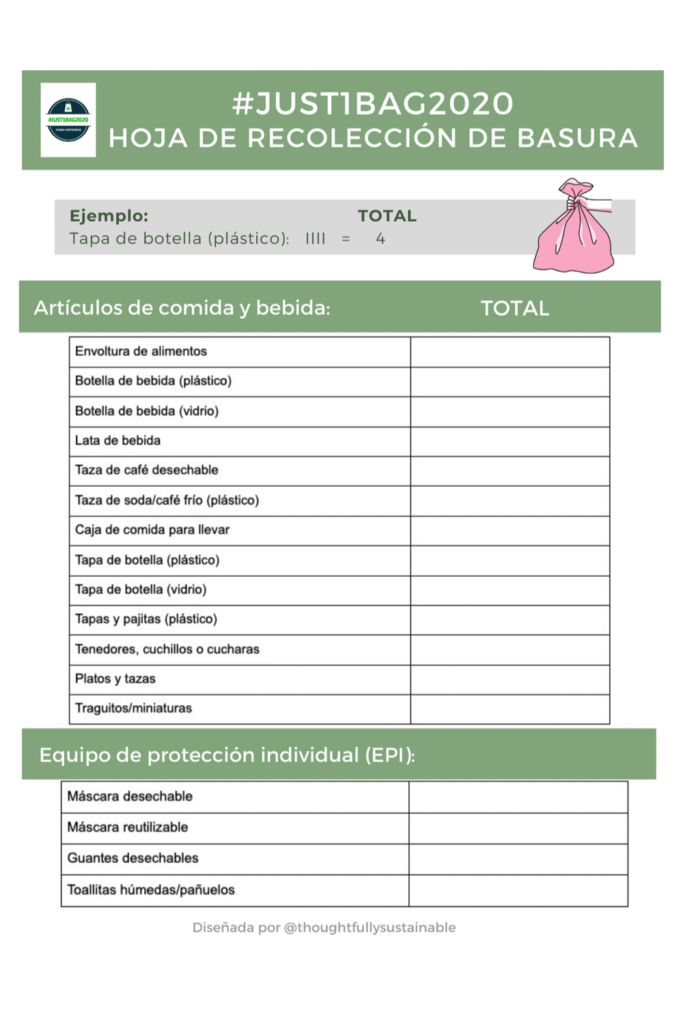

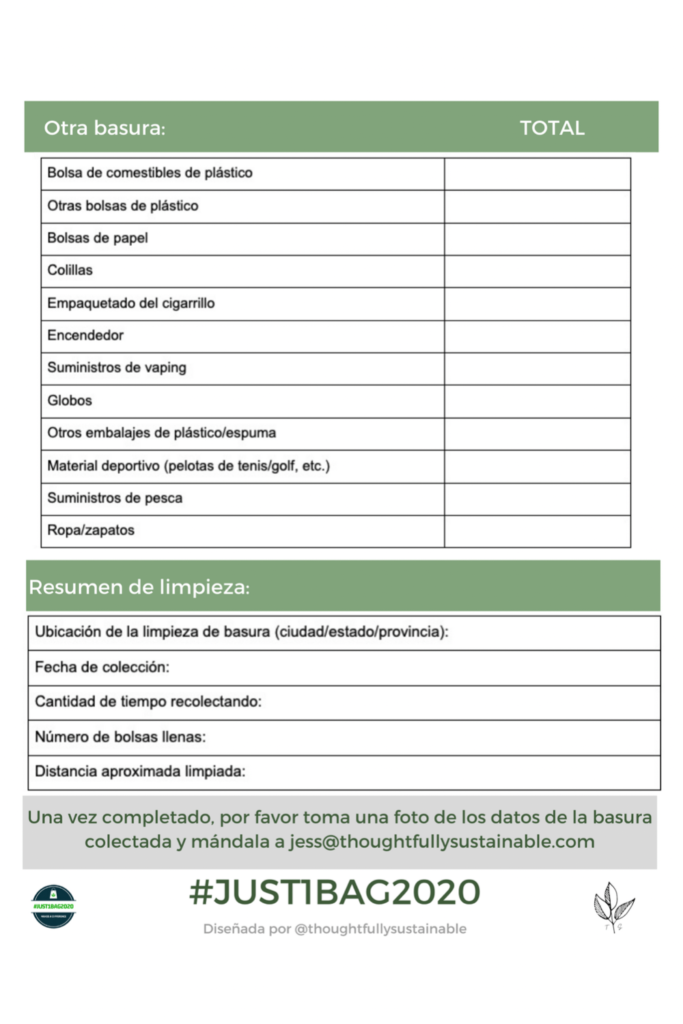

If you’re on Instagram, share your litter-picking images with me @thoughtfullysustainable and the Burgess Family @just1bag2020.
Litter picking is a great community service project for a classroom or a school looking to promote environmental stewardship. Picking up trash is also a fun group activity to do with your family or friends.
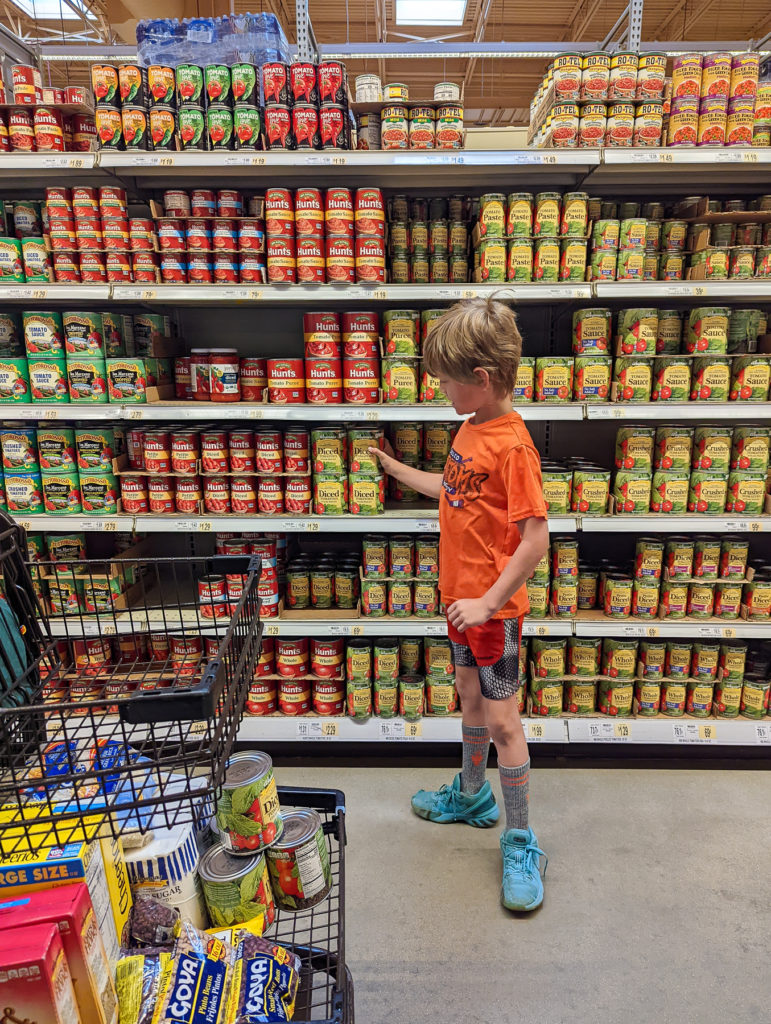

Shop for Your Local Food Pantry
My friend Jen of Honestly Modern recently spotted a request from her local food pantry that detailed specific items that were needed to serve those in her community suffering from food insecurity. Instead of running to the grocery store by herself to pick up some items, she decided to involve her two young boys in the process. Her boys created a shopping list based on the food pantry’s request and then accompanied Jen to the grocery store to purchase the products. While they were shopping, they had some engaging conversations about what items they chose and why. To learn more about what they discussed, visit Honestly Modern.
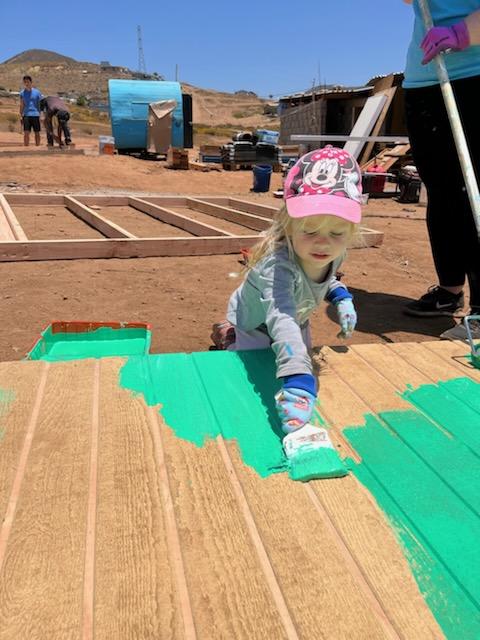

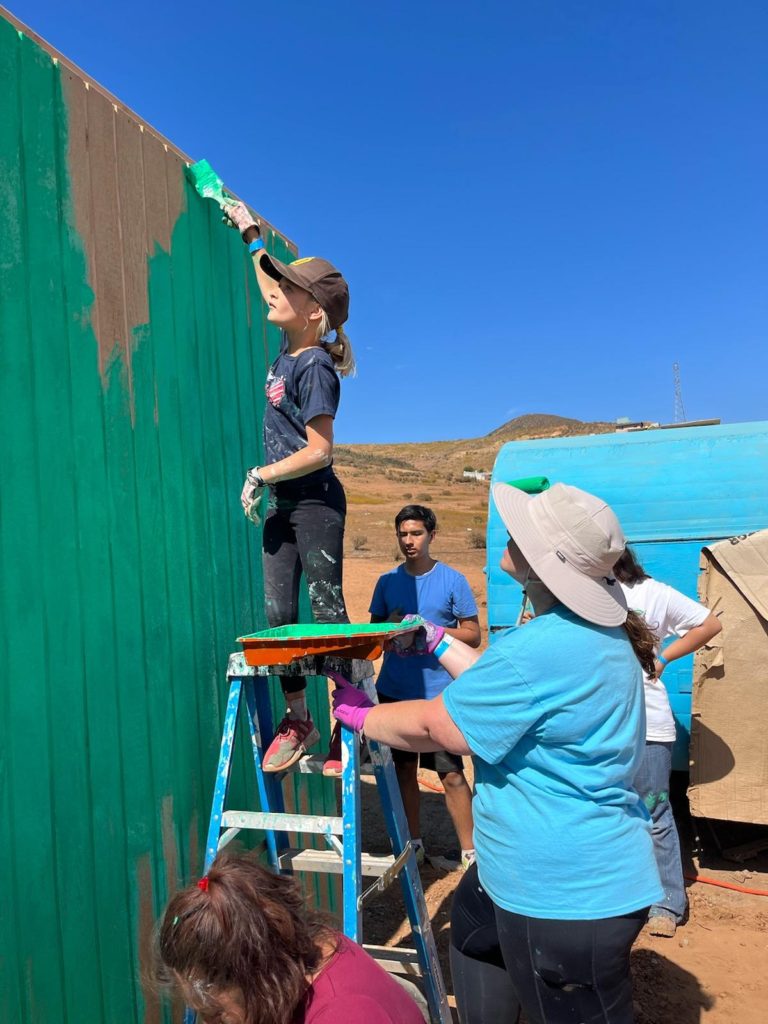

Help Rebuild a Home for a Family in Need
Church communities often take mission trips with families to assist in the reconstruction of homes devastated by natural disasters or plagued by poverty and a lack of resources. A friend of mine has taken her three children on such trips and her kids have been active participants in the rebuilding process. From painting walls to nailing boards, her children play an important role in the project. Additionally, they build useful life skills and witness firsthand a product of their labor.
When discussing this volunteering option with my friend, she noted that “one of the coolest parts for my kids…are the relationships they build with the kids we are building the house for. They get to realize that even though these kids have so little they are very happy and have a lot in common”.
If you are a member of a religious community, ask around to see if such mission trips occur within your parish. There are also youth programs offered through Habitat for Humanity, a non-profit organization that helps families to build and improve places to call home. They offer multiple ways your youngsters can assist their mission to build strong and stable communities through affordable housing from home. If your children are at least 16 years of age, you can sign up to volunteer at reconstruction sights with Habitat for Humanity as long as an adult accompanies the minor.
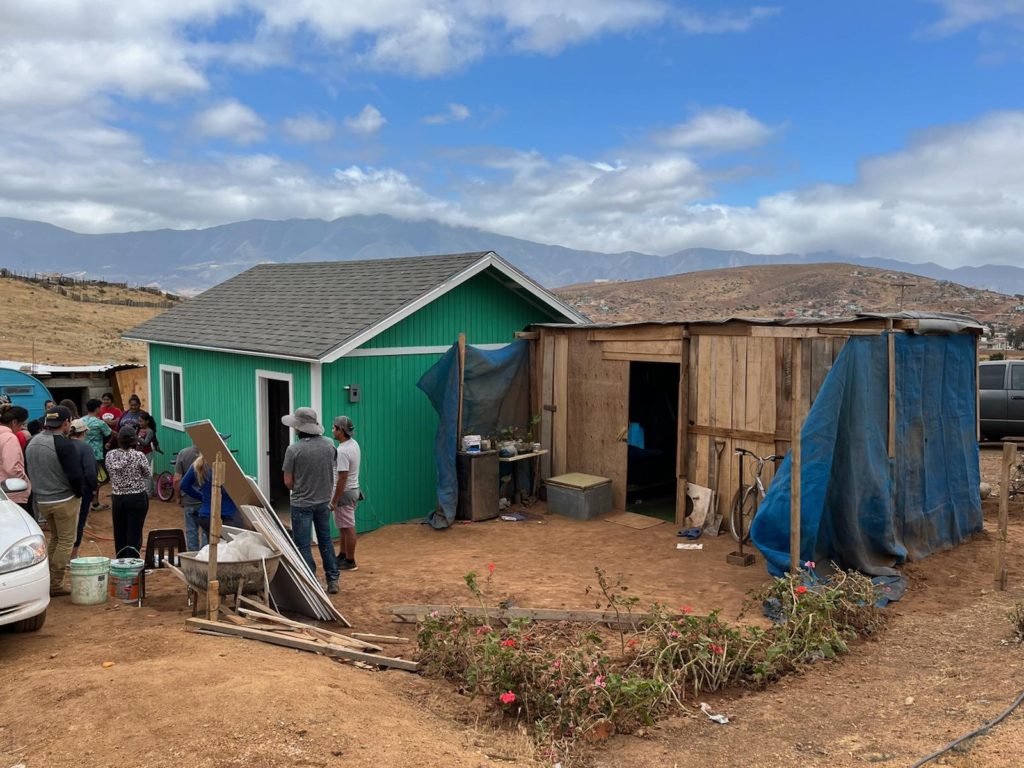

Volunteering with your Kids
Volunteering with your children is a great way to build a connection between your kids and their community, as well as foster empathy and kindness towards others. If you find these community service project suggestions useful, feel free to save them for reference on Pinterest!
